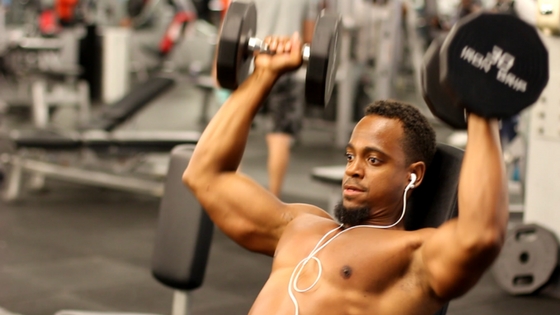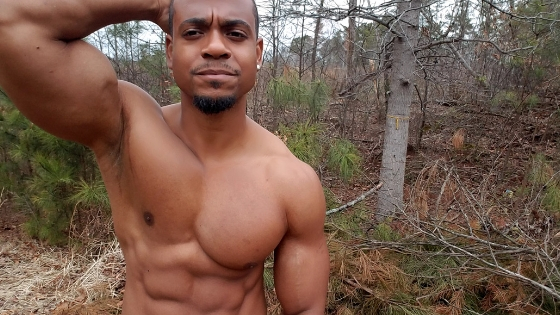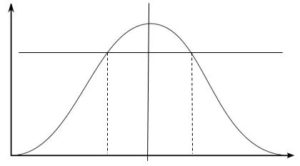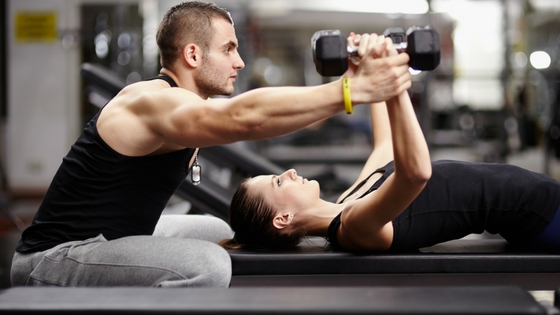The correlation between strength & mass
Most of us understand that there is at least some sort of correlation between strength and muscle size, but the question is, if you want to gain muscle size, what’s the most effective way to do it. The strongest people we see tend to have the most muscular bodies, so by that logic we should just train for strength right? That sounds reasonable enough, but the more you study the science on this topic, the more complicated the answer becomes. Stay with me for a bit here as a break down and explain the process.
the 3 steps of physique building
1. cutting phase
- Ideally you want to get to your ideal body fat while gaining muscle at the same time. This is especially easier to do for people who are new to the gym. Doing cardio and fancy complicated exercises to get you winded is not really what I advise because we want to cut, not deflate. Instead you’d want to take the fundamental movements like squatting, deadlifting, pressing, and rowing, and do them with some fairly high rep sets like 16-20 reps. Throw some giant sets and super sets in there and you’re good to go.
2. strength phase
- Once you’ve cut down to your ideal body fat level, or at least close to it, you need to start developing a real foundation for strength. The primary reason for this is that muscle grows primarily to facilitate strength and force production. Getting stronger increases your capacity for muscle growth. A strength phase of training has 2 primary objectives, which are to increase strength and quantify strength. This phase of training is going to be with pretty low volume with sets typically not exceeding more than 10 reps. By the end of your strength phase you should know your 1 rep maxes for each fundamental lift. Your 1 rep maxes will be the basis for step 3. 8-12 weeks at a time is good duration for this phase.
3. mass phase
- This phase is all about hypertrophy, which is the scientific term for increasing muscle mass. Unlike most training programs, this type of training is not focused on increasing the amount of weight you’re lifting in each set. The focus is increasing the amount of reps or sets, from week to week. I suggest working with weight that is either 70% of your 1 rep max, or in between 60-80% of your 1 rep max. The rep ranges I would suggest here are 6-8, and for accessory exercises I would suggest 10-12 or 16-20 reps.
Tribe By Noire

I’ve created this platform to help you become the most powerful version of yourself through fitness, plant based nutrition, and mindset coaching.
copyright © 2017 Tribe By Noire. All Rights Reserved













